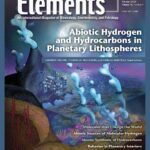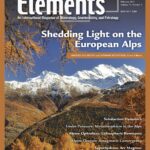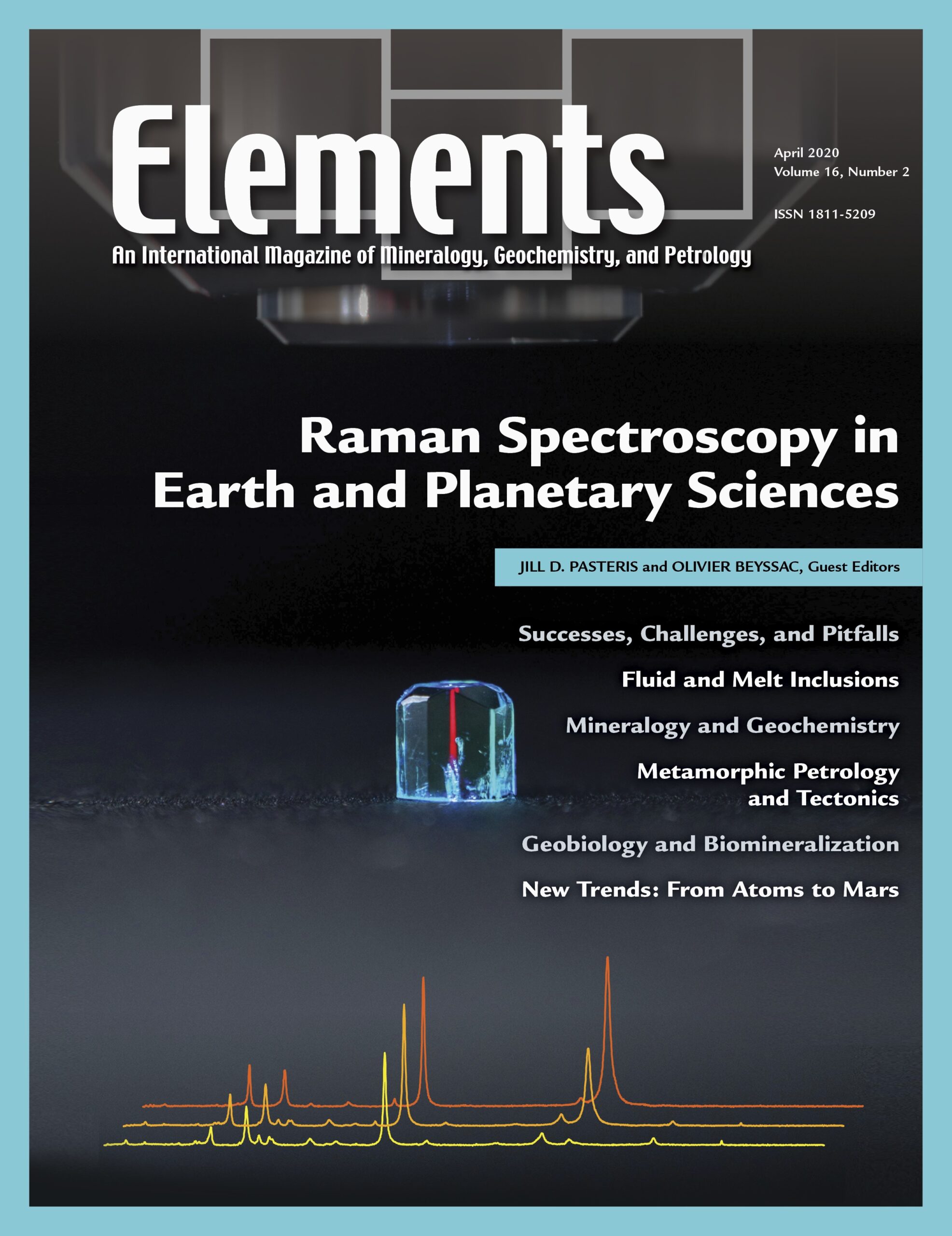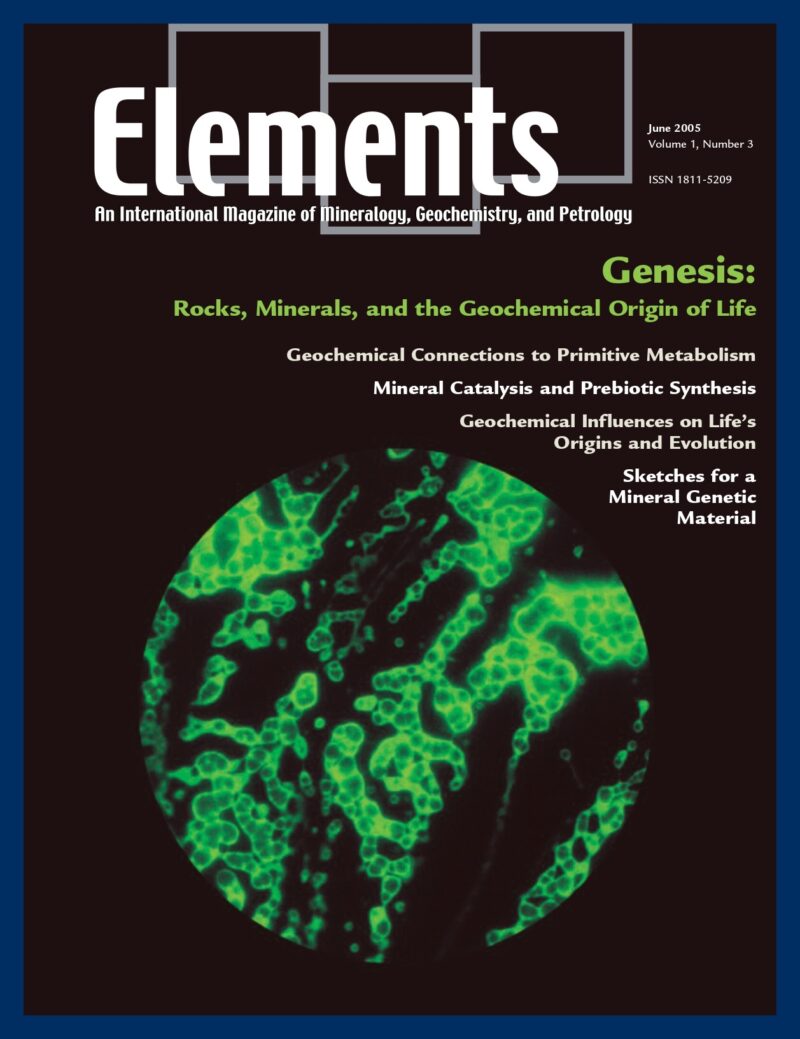
Abiotic Hydrogen And Hydrocarbons In Planetary Lithospheres, February 2020, Vol. 16, No. 1
June 28, 2024
Shedding Light On The European Alps, February 2021, Vol. 17, No. 1
June 28, 2024Raman Spectroscopy In The Earth And Planetary Sciences, April 2020, Vol. 16, No. 2
$20.00
The application of Raman (microprobe) spectroscopy in the geosciences has rapidly broadened and deepened over the past 40 years. This has been sparked by both improvements in technology and recognition of the quantitative, as well as qualitative, capabilities of the technique.
Raman Spectroscopy In The Earth And Planetary Sciences
April 2020, Vol. 16, No. 2
The application of Raman (microprobe) spectroscopy in the geosciences has rapidly broadened and deepened over the past 40 years. This has been sparked by both improvements in technology and recognition of the quantitative, as well as qualitative, capabilities of the technique. Raman spectroscopy claims relative ease of use; is typically nondestructive at the (sub-)micrometer scale; has the ability to analyze solids, liquids, and gases; can differentiate polymorphs; and can enlarge the available spectral databases for minerals. Geoscientists can create Raman maps/images based on selected spectral features, which simultaneously capture chemical–structural and microtextural information. In a single sample, one may investigate quantitatively the P–T path history during metamorphism, determine the composition and internal pressure of mixed volatiles in micrometer-size fluid inclusions, study the strain pattern or radiation damage in minerals, and/or target possible biosignatures.
Why You’ll Love Elements Magazine:
- Expert Contributors: Articles written by renowned researchers in the field of geoscience.
- Engaging Content: Join a community of readers who are passionate about Elements.
- Exceptional Quality: Each issue is printed on high-quality paper with stunning visuals and detailed illustrations that bring complex scientific concepts to life.
Order your copy of the April 2020 issue of Elements magazine today and explore Raman spectroscopy in the Earth and planetary sciences.
Related products
-
Glasses And Melts: Linking Geochemistry And Materials Science, October 2006, Vol. 2, No. 5
$20.00Geological interest in studying melts stems from early recognition that melts play a fundamental role in determining the physical and chemical behaviour of magmas and magmatic processes. However, due to the inherent difficulties associated with working at high temperatures, much of the geological research over the last 30 years has used quenched melts or glasses as proxies for melts themselves.
-
The Nuclear Fuel Cycle – Environmental Aspects, December 2006, Vol. 2, No. 6
$20.00Increasing concerns for the effects of global warming that result from rising greenhouse gas concentrations in the atmosphere have led to a reexamination, even enthusiasm, for nuclear power. Of all the current alternatives to fossil fuels, nuclear fission is the most important source of energy, accounting for 17 percent of the world’s electricity.
-
Genesis: Rocks, Minerals, And The Geochemical Origin Of Life, June 2005, Vol. 1, No. 3
$20.00Few scientific questions so capture the public imagination, or provoke such lively debate, as how life on Earth emerged. In this issue of Elements, four of the most creative minds in origins research present their original insights on the geochemical origins of life.




